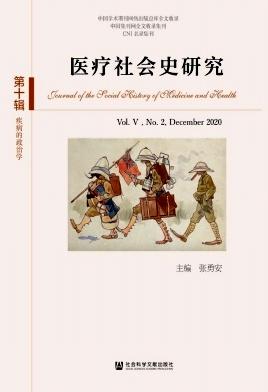Coffee, microscopy, and the Lancet's Analytical Sanitary Commission.
引用次数: 11
Abstract
Coffee was the most frequently analysed commodity in the Lancet's Analytical Sanitary Commission's reports on adulteration published between 1851 and 1854. Techniques of sample collection and microscopical investigation developed to analyse coffee were applied to other foods and drinks by Arthur Hill Hassall, and his findings were instrumental in establishing the first parliamentary select committee to investigate food purity in 1855. The committee's recommendations formed the basis of the 1860 Act to Prevent the Adulteration of Food and Drink. Hassall's research in applied microscopy has been interpreted by historians as marking a critical point in the campaign to secure tighter food controls and as an example of a public health debate being transformed by the precise measurements of a dispassionate scientist. This article questions the objectivity with which the ASC selected foodstuffs for analysis, the superiority of microscopy over techniques of chemical analysis, and the extent to which coffee was an adulterated commodity in the middle of the nineteenth century.咖啡、显微镜和《柳叶刀》分析卫生委员会。
《柳叶刀》分析卫生委员会在1851年至1854年间发表的掺假报告中,咖啡是最常被分析的商品。亚瑟·希尔·哈索尔(Arthur Hill Hassall)将用于分析咖啡的样品收集和显微调查技术应用于其他食品和饮料,他的发现有助于在1855年建立第一个调查食品纯度的议会特别委员会。该委员会的建议构成了1860年《防止食品和饮料掺假法》的基础。历史学家认为,Hassall在应用显微镜方面的研究标志着加强食品控制运动的一个关键点,也是一位冷静的科学家通过精确测量改变公共卫生辩论的一个例子。这篇文章质疑了ASC选择食品进行分析的客观性,显微镜技术相对于化学分析技术的优越性,以及在19世纪中期,咖啡是一种掺假商品的程度。
本文章由计算机程序翻译,如有差异,请以英文原文为准。
求助全文
约1分钟内获得全文
求助全文

 求助内容:
求助内容: 应助结果提醒方式:
应助结果提醒方式:


